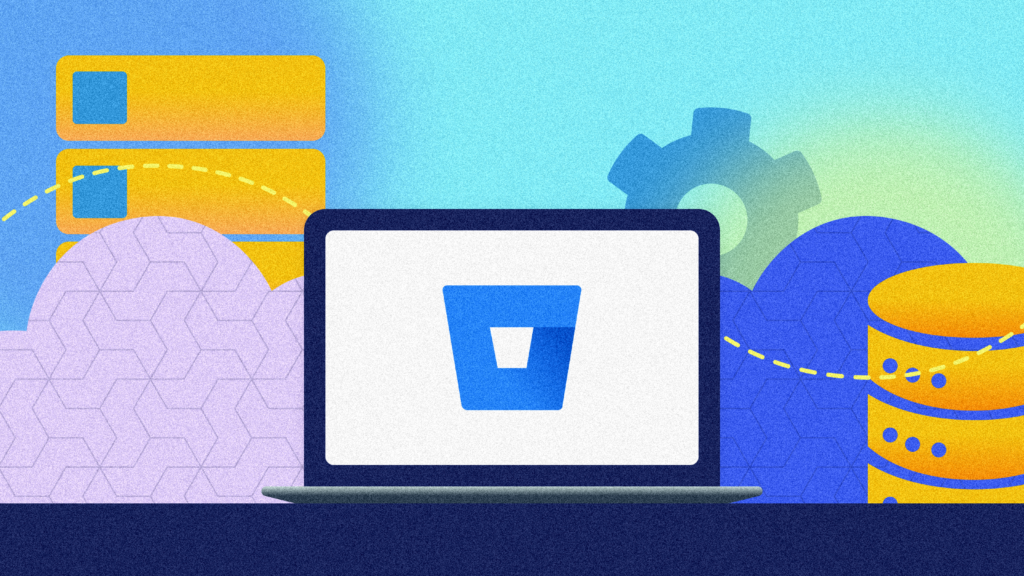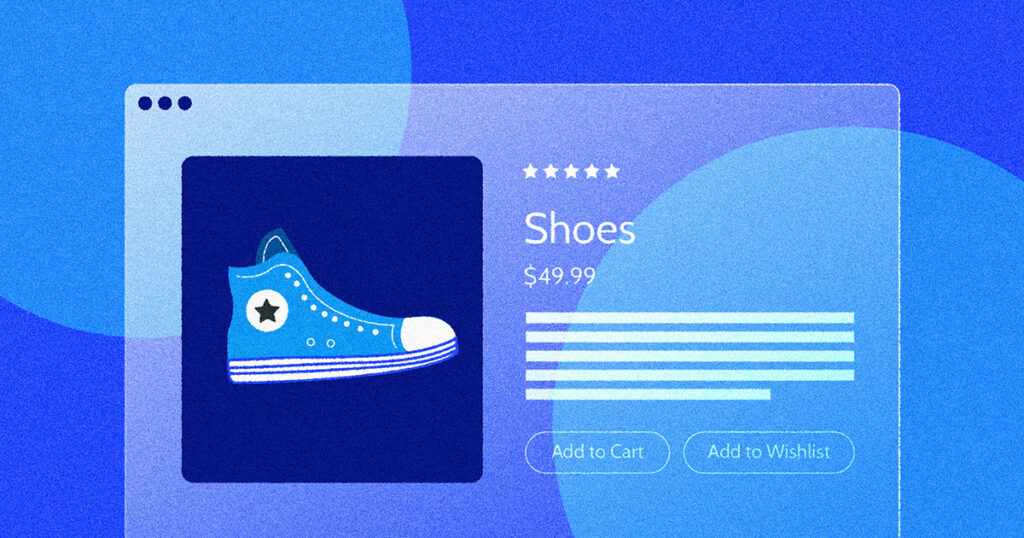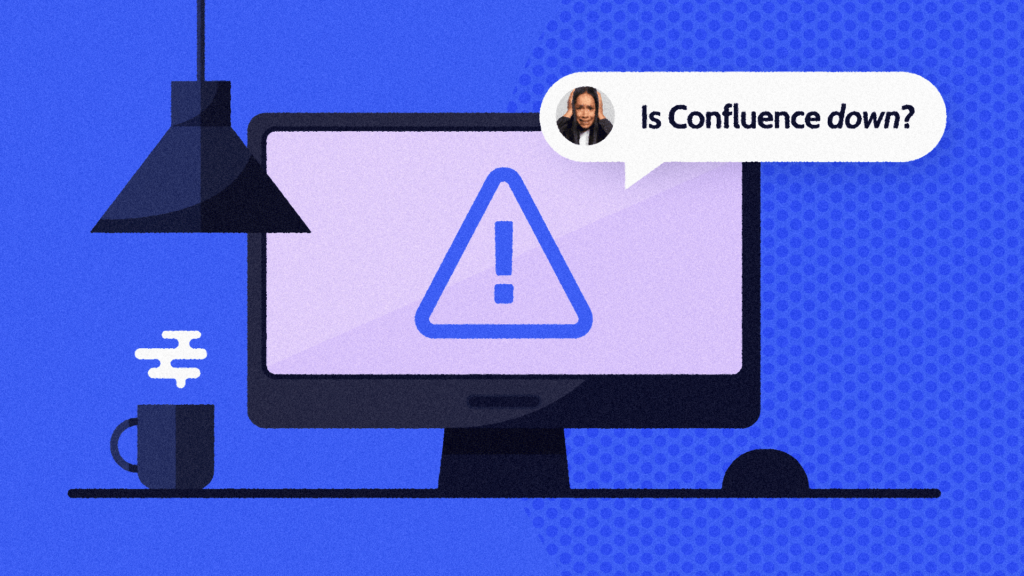Data recovery is an aspect of backup and recovery and an integral component of your overall disaster recovery plan (DRP). Companies rely on data to inform business decisions and to support day-to-day operations. As such, any data loss can seriously impact continuity, which is why data recovery is so critical.
What is data recovery?
Data recovery is a software-driven process that enables you to recover and restore lost, deleted, inaccessible, corrupted, or damaged files so you can get back to work quickly.
As the business landscape—and our lives in general—become more data-dependent, the need to protect data systems grows. As the digital landscape evolves, so does the threat environment. Computer viruses, malware, and ransomware are just a few of the issues data recovery can help you recover from. However, you also need to protect systems from more common incidents, like accidental file deletion, corrupted files, and incompatible third-party software (SaaS).
If any of these issues impact your systems or files, data recovery helps you restore systems to a specific point in time before the incident occurred. Data recovery minimizes costly downtime, strengthening your brand and helping you maintain productivity.
Backups are key
The data recovery process relies on backups to work. Without a backup, you would need to rebuild lost data from scratch, which could take a lot of (avoidable) time and effort.
Backup and recovery solutions like Rewind combine backup and recovery functions into a single, user-friendly interface. With backup and data recovery software installed on your devices and systems, backups are automated, and the data recovery process initiates in just a few clicks. Ease of use is a key component here, as it reduces reliance on costly IT expertise and helps you maintain system integrity and uptime.
The most typical causes of data loss
Data loss can happen for any number of reasons. Most often, it’s an innocent mistake. Even so, data loss can cripple a business very quickly if there is no data recovery plan in place.
Some of the most common reasons for data loss include:
· Human error
· Incompatible third-party software or plugins
· Legacy software with unpatched vulnerabilities
· Software not updated regularly
· Malicious intent (malware, ransomware, viruses, phishing)
· Corrupted CSV files
· Inadequate access control
· Power outages
· Hardware malfunction (drive crashes or system failure)
· Disasters leading to loss of premises (flooding, fire, etc.)
Human error is overwhelmingly the biggest concern, accounting for 88% of all data loss. However, data breaches are also on the rise and could be much more challenging to recover from. According to an IBM study, the average cost of a data breach in the United States is $8.64 million, while the average time to identify, contain, and recover from a breach is 280 days.
The importance of data recovery
When you consider data loss implications, data recovery software is an essential tool in risk mitigation and in maintaining business continuity.
With more people working from home these days, the risks compound as many employees use their own devices or work on shared computers. A simple data recovery solution and data recovery program protects you from whatever might happen, ensuring uptime and maximizing productivity.
Data recovery software: What is it and how does it work?
Data recovery programs are software applications that leverage your data backups to restore your files and systems to an uncompromised state.
There are many different data recovery solutions available today. As you research the best data recovery solution for your needs, you’ll find many options. Choosing the right solution for recovering data is critical.
Here are some of the most common types of data recovery software on the market today:
Free software
Many backup and recovery software vendors offer a free version of their solution. Consider the capabilities and limitations of the free version, as it might not deliver all the features you need.
For example, some free versions limit the types of files you can recover, and most do not provide storage for the backups. Some offer a full backup and storage but charge you a fee to access the backup or restore your files. Ultimately, your data is your lifeblood, so your data recovery solution should protect it accordingly. If you’re looking for ways to reduce costs in your organization, backup and recovery are not areas where you want to compromise.
Paid software
Paid data recovery software usually offers several tiers of data recovery service depending on how much data and how quickly you need to recover. Paid features might include additional drives or devices, file repair, scalable backup storage, and virtual disc recovery—all essential considerations in light of potential data disasters and what could happen.
Many companies assume that the SaaS platforms they use also back up their data—meaning there is no need to onboard additional software—but that’s only true to a point. Most SaaS backs up their own network and platform, but your account data, settings, and customizations might still be at risk. Onboarding a paid data recovery solution ensures you have the tools you need to fill the gaps.
Beginner software
Beginner data recovery software might be sufficient for individuals backing up their phone data or for small companies that don’t process many online transactions.
When we say “beginner,” the assumption is that the solution is easy to set up and use and does not come with a lot of the bells and whistles you’ll find in a professional solution. For example, you might not have much control over your configurations or what kinds of data to back up.
In best practice, articulate your needs and priorities before you start shopping around as a way to benchmark and eliminate the solutions you find. You want the software to be easy to use but not at the expense of functionality.
Professional software
Professional data recovery software is feature-rich and highly configurable to your business needs. Though professional software solutions aren’t strictly for businesses, they are better suited to address the more complex requirements of today’s digital-first business models.
Look for professional backup and data recovery solutions that are tailored to your specific industry, if available.
For example, Rewind offers industry-specific solutions for Shopify, BigCommerce, and other ecommerce platforms, as well as QuickBooks Online, GitHub, and Trello. Each iteration of the software is designed to address the unique needs of each SaaS solution and industry sector, ensuring users have the right balance of value, functionality, and control.
Choosing a data recovery provider
When considering your options, think about how much downtime you can afford before data loss starts to impact your business. If you typically process massive volumes of data—as would be the case with an ecommerce store or financial services—you need more robust and customizable solutions.
You must also consider how easy it is to use and who will be using it. If you do not have in-house IT capabilities, it’s wise to choose software that is simple enough that anyone can run it.
Rewind data recovery is a user-friendly, cost-effective, flexible, reliable, and professional solution that answers all your most pressing business concerns. Our industry-specific backup and data recovery software is tailored to the needs of ecommerce, finance, development, and productivity, helping you keep your employees working and your business running efficiently even during times of rapid growth.

 James Ciesielski">
James Ciesielski">


